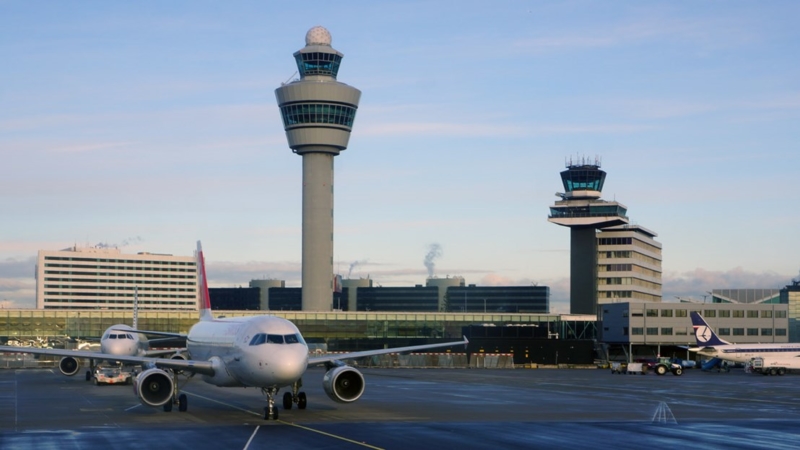Despite some encouraging signs of green shoots this autumn, it seems we’ve all got to contend with more bumps in the road to Covid recovery thanks to the rise of the Omicron variant.
Thankfully, despite the ongoing difficulties and the reinstatement of some restrictions, we’re continuing to make good progress on the next two deployments of Intelligent Approach for Toronto and Schiphol. All being well, both will transition into service next year and in doing so, support both airport’s approach controllers in delivering a consistent and optimised flow of arrival traffic, helping to raise tactical capacity and strengthen resilience.
Intelligent Approach is an arrival spacing tool we developed with Leidos, which allows air traffic controllers to improve the consistency of spacing between arriving aircraft, thereby maximising runway capacity.
The software generates markers between arrivals based on the wake vortex category of each aircraft so the controllers can more readily deliver an optimised flow of traffic. Those markers can be based on either distance-based, where the gain is around 2-3 landings, or time-based, something that can create capacity for up to 7 additional landings per-hour depending on the conditions. And it works on both dependent or independent runway operations.
At Heathrow, the time-based separation module of Intelligent Approach is being used to calculate the optimum distance between arrivals based on both the wake vortex category and live weather data. Since it was introduced in 2015, it has reduced headwind delays by 62% making the operation more resilient and reducing delay and CO2 emissions into the bargain.

What I’m finding in conversations with airport operations directors around the world, is that they’re looking at ways to enable future growth, but in a way that reflects our current reality.
Intelligent Approach costs a tiny fraction of the price of new ground-based infrastructure, while supporting growth and delivering operational resilience. With so much uncertainty still hanging over us about the size and shape of the industry’s recovery, a tool that can plug into any existing ATM system, be deployed in just 12-18 months, and deliver proven benefits may just be the answer.
I’ll keep you updated on where we get to next year with the Toronto and Schiphol deployments.
Comments
Please respect our commenting policy and guidelines when posting on this website.



